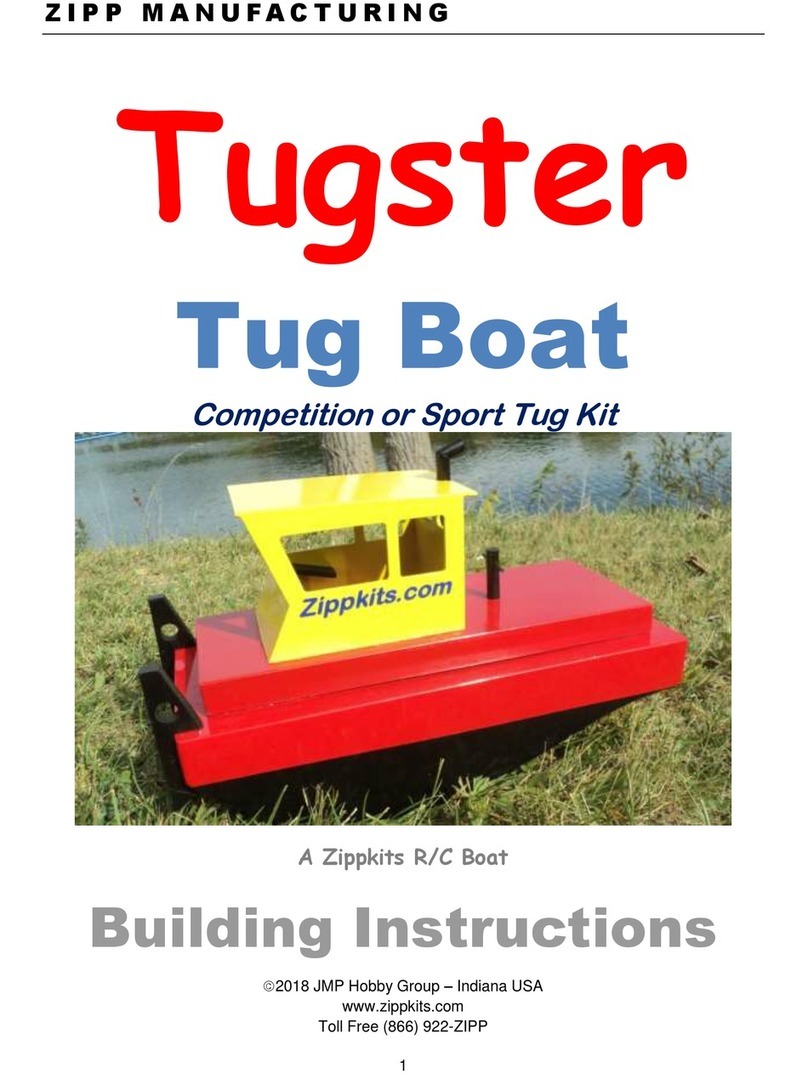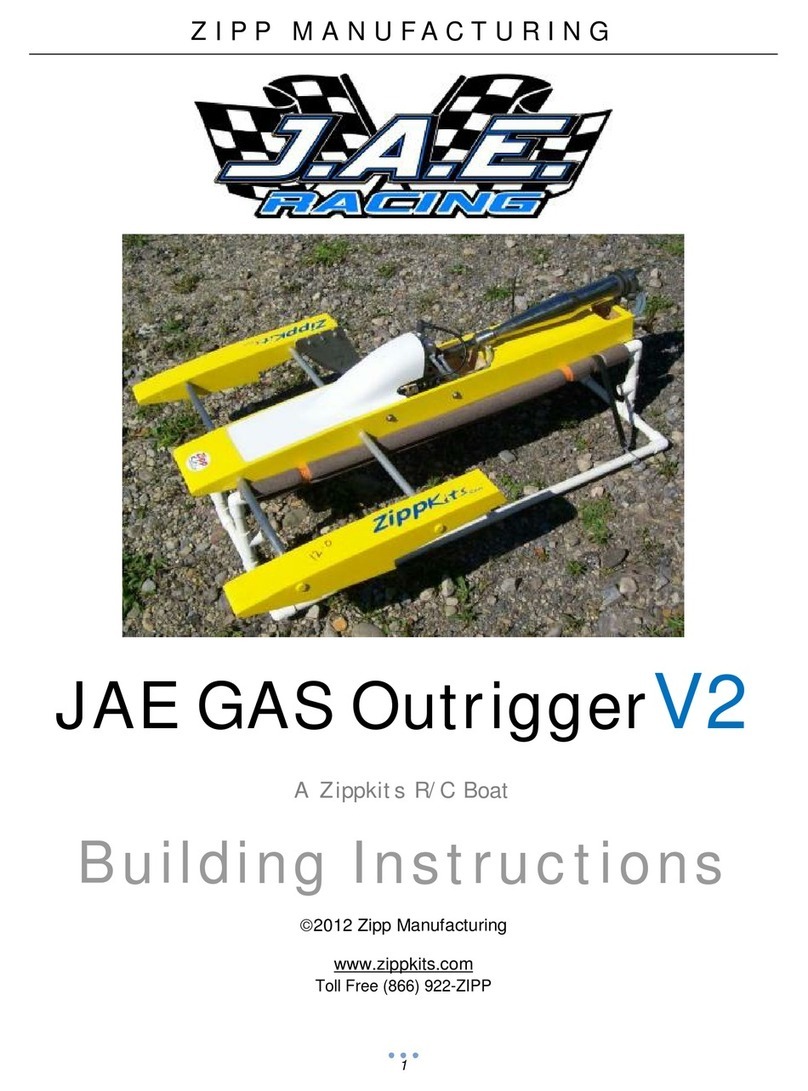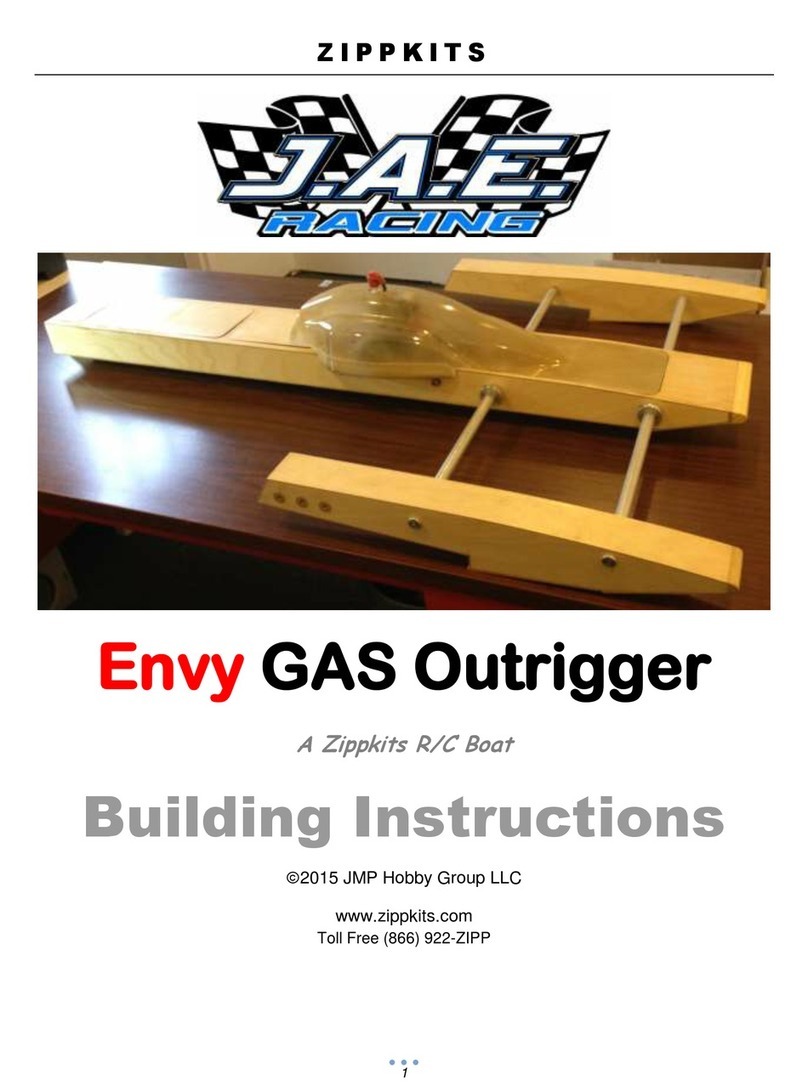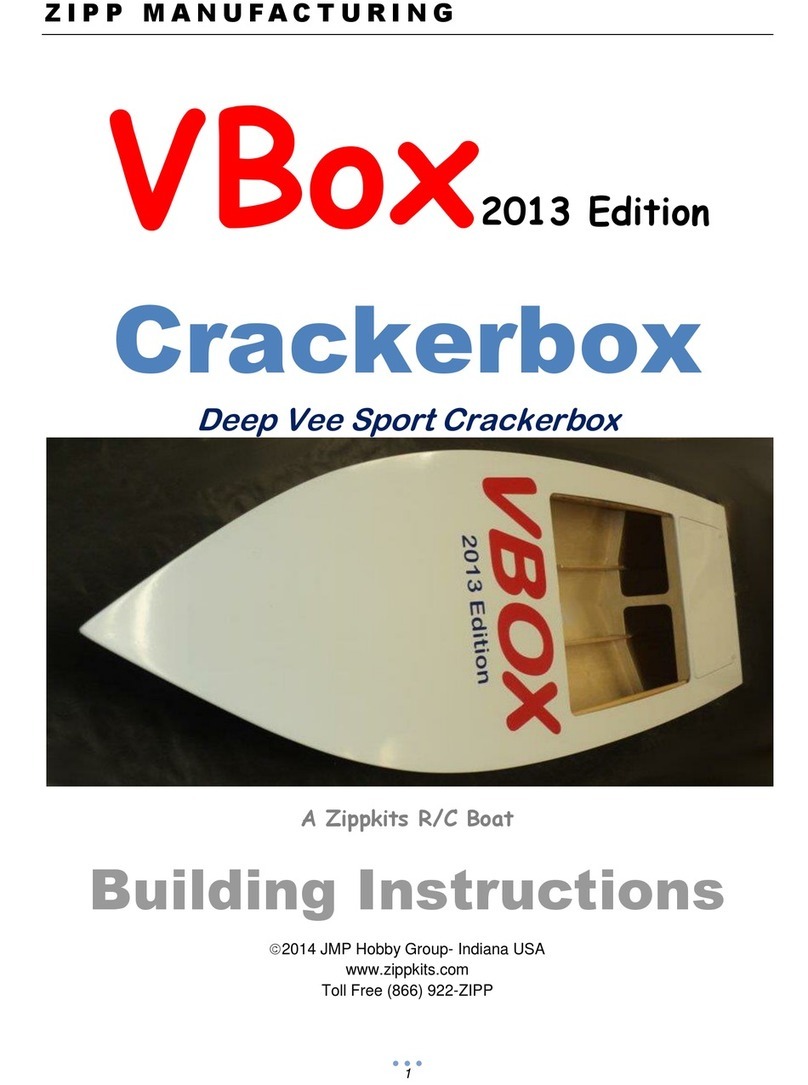They must be perfectly aligned with each other. This is
absolutely critical, so take the time to get it right.
Cutting
Be sure to squeeze the templates together while cutting. If
you don’t squeeze them pretty hard, the template can be
pushed down by the cutting wire. If this happens, the boat
will be ruined. Don’t allow the templates to move, even a
tiny bit.
The best way to do this is by, you guessed it, SQUEEZE
THOSE TEMPLATES!
Cut the foam on the top or bottom. Flip it over. Cut the
other side. Be sure to squeeze…
Use a few light swipes of a sanding block to smooth the
surfaces you cut and eliminate any bumps.
Repeat this same procedure on the other foam block.
Don't glue anything yet.
Remember, the curved part of the sponson is the top. The
bottom is almost straight.
Next, we will make these into right and left sides. It is
very important that we make these mirror images of each
other.
If not, you get to buy a new kit and do it again!
Honestly, take your time here and understand where you
want to end up.
Pin both tops (TOP) to one sponson. Pin so that the
etched line is even with the edge of the foam. There will
be an overhang on this edge while cutting. Line up the
back ends flush with the foam. It may help to use tape on
the ends, to hold the tops in place.
Cut the excess foam off… Squeeze.
Now, very important, flip both tops over, align and pin to
the other foam blank, except this side will be a mirror
image of the other.
Double and triple check this before you cut. Both tops
will be curved and both bottoms will be almost straight.
When you are positive that you have both a right and left
side, go ahead and cut.
































